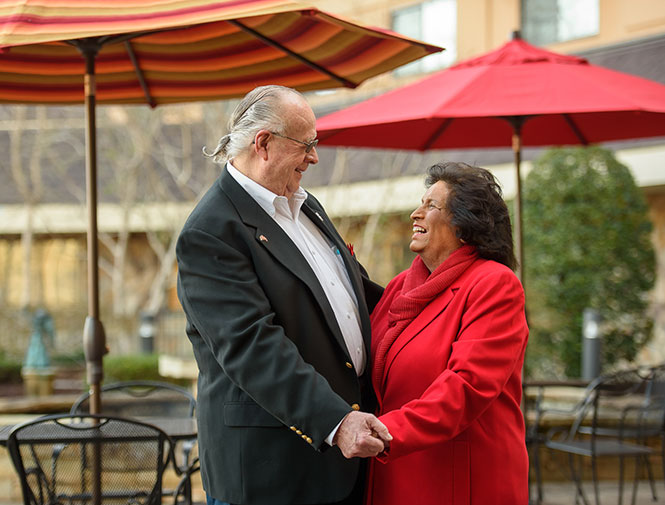Century Park Blog

Line dancing isn't just a fun social activity—it's also an excellent way to promote orthopedic health and overall well-being. Whether you're stepping out on the dance floor for the first time or a seasoned pro, line dancing offers a variety of benefits for people of all ages, including seniors.
1. Low-Impact Exercise
Line dancing is a low-impact form of exercise, making it ideal for older adults and those with orthopedic conditions. Line dancing's gentle movements set to music improve cardiovascular fitness and muscle tone without stressing the joints.
2. Improves Balance and Coordination
Precise footwork and coordination in line dancing help enhance balance. By engaging multiple muscle groups and challenging balance, dancers can improve stability, reducing the risk of falls—crucial for older adults aiming to maintain independence and mobility.
3. Builds Strength and Endurance
Despite its effortless appearance, line dancing offers a significant workout for muscles, especially in the legs, core, and upper body. Regular participation strengthens muscles, boosts stamina, and enhances overall fitness levels, vital for orthopedic health and function.
4. Promotes Social Engagement
Line dancing also fosters social interaction and community. Dancing in a group setting encourages camaraderie, which is essential for emotional well-being, especially for older adults. It's an opportunity to meet new people, make friends, and stay socially active.
5. Boosts Mood and Mental Health
Line dancing has positive effects on mood and mental health. The rhythmic music and coordinated movements boost confidence, self-esteem, and cognitive function, making it a valuable tool for mental well-being.
So grab your dancing shoes, join a class, and reap the many benefits that line dancing has to offer for your joints, muscles, and overall quality of life.



